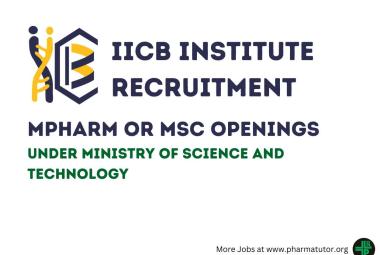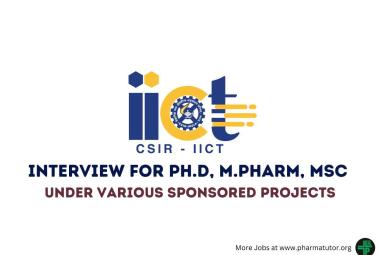PREVENTION OF NOSOCOMIAL INFECTIONS
About Authors:
*1P.SanilKumar, 1C K. Dhanapal, 2Sandhya Ravi
1Department of Pharmacy,
Annamali University, AnnamaliNager,
Chidambaram, Tamilnadu.
2Lotus Labs Pvt Ltd,
No.07, Jasmabhavan Road, Vasanthanager, Bangalore, Karnataka.
*sanilmpharm@gmail.com
ABSTRACT
Hospitals are created for cure the disease but not for the spreading of diseases, even though this statement is true to the theoretical concept but it is not possible practically due to various risk factors. The spread of infection in the hospitals occurs due to the microorganism. Nosocomial infections add significantly to the economic burden of managing the underlying disease that has lead to hospitalization of the patient. More than 90% of reported infections are bacterial where as viral, fungal or protozoal infections are less commonly involved in hospital-acquired infections. This project deals with bacterial nosocomial pathogens only, since they are by far major causes of nosocomial infections. Objective of the present study include the identification, prevention and control of nosocomial infection in our hospitals. The ultimate aim is the reduction of nosocomial infections and their costs. Baseline study for morbidity pattern in the hospitals, finding sources of exogenous and endogenous sources of nosocomial infection. Suggest measures to minimize the nosocomial infections and suggest guidelines for efficacious management of nosocomial infections.



 About Authors:
About Authors: About Authors:
About Authors: ABOUT AUTHORS:
ABOUT AUTHORS: About Authors:
About Authors:







.png)

